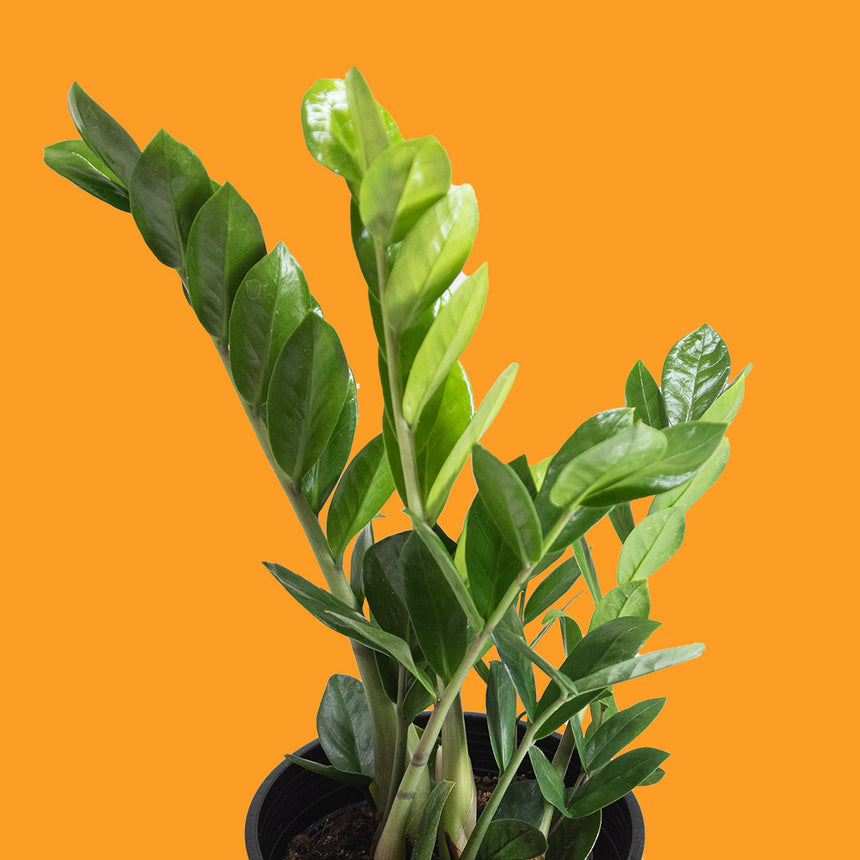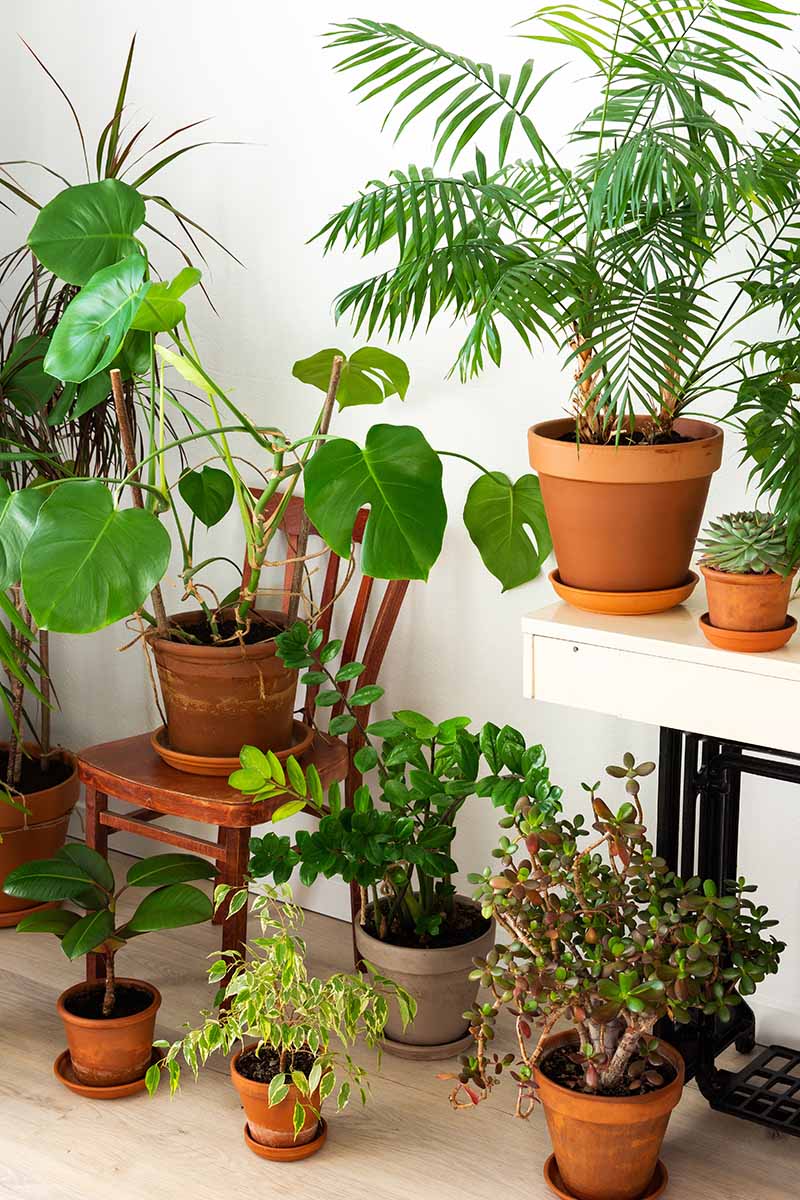Transform Your Home With Beautiful Low-Light Indoor Plants and Their Benefits
Incorporating low-light interior plants right into your home can substantially boost both the ecological and aesthetic high quality of your space. These plants, which grow in dark conditions, serve not just as attractive elements however also as natural air cleansers, making them optimal for city dwellers or those with restricted sunshine direct exposure. As we discover the various types of low-light plants and their advantages, you might find unexpected methods to incorporate them right into your home that can transform your environments in ways you may not have actually anticipated.
Advantages of Low-Light Plants
Low-light plants use countless advantages for indoor atmospheres, making them an excellent choice for both amateur and experienced gardeners. One of the main advantages is their flexibility to low-light problems, permitting people to boost their living spaces without the need for comprehensive sunlight exposure. This characteristic makes them suitable for apartment or condos, workplaces, and various other locations with restricted all-natural light.

Furthermore, integrating low-light plants into home design can raise the aesthetic charm of an area. Their rich foliage and varied textures develop a relaxing ambience, adding to general wellness. The visibility of greenery has been connected to lowered anxiety levels and enhanced performance, making low-light plants a functional option for improving both physical and psychological health in interior setups.
Top Low-Light Indoor Plants
While numerous interior plants prosper in bright light, a number of species are specifically well-suited for low-light problems, making them perfect for numerous indoor rooms. One prominent selection is the Serpent Plant (Sansevieria), understood for its striking upright fallen leaves and resilience, calling for minimal treatment. An additional exceptional alternative is the Pothos (Epipremnum aureum), which features heart-shaped fallen leaves and can trail magnificently from wall mounts or shelves, prospering in reduced light and including a lavish touch.
The ZZ Plant (Zamioculcas zamiifolia) is celebrated for its shiny fallen leaves and ability to stand up to neglect, making it ideal for hectic way of livings. The Tranquility Lily (Spathiphyllum) not just endures low light but likewise creates magnificent white blooms, improving any type of area's visual.
For an unique touch, think about the Cast Iron Plant (Aspidistra elatior), which undoubtedly meets its name, growing in the darkest edges of your home. Lastly, the Chinese Evergreen (Aglaonema) provides a range of leaf patterns and shades while being remarkably flexible in low-light problems. These plants not just improve interior settings yet additionally add to air filtration, improving your home.
Care Tips for Low-Light Plants

Sprinkling practices are important; these plants commonly prefer slightly dry conditions. Overwatering can cause root rot, so make certain that the leading inch of soil is dry before watering once again. Use pots with drain openings to permit excess dampness to escape.
Humidity is another important element. Numerous low-light plants, such as ferns and tranquility lilies, gain from greater moisture degrees. To raise moisture, take into consideration misting the leaves or placing a tray of water near the plants.
Fertilization ought to be come close to with care. Throughout the expanding season, use a weakened, balanced liquid fertilizer every month to support development, yet stay clear of feeding during the dormant cold weather.

Innovative Ways to Present Plants
Indoor plants can function as exciting prime focus in any space, improving both visual appeal and ambiance. Innovative display screens can boost the visual impact of low-light plants, making them an important component of your home style. One effective method is to utilize tiered plant stands, which enable you to display numerous plants at differing elevations while taking full advantage of floor area.
Hanging planters are an additional cutting-edge alternative, developing a sense of depth and attracting the eye upwards. Consider macramé hangers or wall-mounted shelves to introduce a special structure and design.
For an extra organized strategy, use geometric terrariums or glass containers to house your plants, adding a modern touch to your interior garden. You can likewise repurpose classic things, such as teacups or wooden dog crates, for an eclectic screen that mirrors your individuality.
Enhancing Home Ambiance With Plants
Integrating low-light plants into your home not only enhances aesthetic allure however also adds considerably to the general setting. These plants work as natural design elements, presenting a feeling of harmony that can transform any area. The visibility of More Help greenery fosters a calming ambience, which is specifically advantageous in high-stress environments such as home workplaces or living areas.
Low-light plants, such as snake plants, pothos, and ZZ plants, are not just cosmetically pleasing however also boost indoor air quality by filtering system contaminants. This dual feature improves the ambiance better, producing a healthier home (Best low-light indoor plants). The critical placement of these plants can additionally affect the understanding of room; for instance, high plants can draw the eye upward, making ceilings show up greater and spaces more sizable
Furthermore, differing textures and colors of vegetation include depth to indoor style, permitting innovative expression in home designing. Whether put on racks, in corners, or web link as focal points, low-light plants can elevate the state of mind of any kind of area. In recap, incorporating these plants right into your home is an effective method to cultivate a warm, welcoming ambience while profiting of boosted air high quality and visual versatility.
Final Thought
Including low-light indoor plants into home settings provides many benefits, including boosted visual appeal and enhanced air top quality. These resilient plants, such as the Snake Plant and Peace Lily, call for marginal light and maintenance, making them appropriate for varied way of livings. Their ability to filter contaminants adds to a much healthier space, while their different structures and shades enrich interior design (Best low-light indoor plants). Ultimately, the addition of low-light plants promotes a peaceful and welcoming atmosphere, changing any home into a serene oasis.
While many interior plants grow in intense light, numerous varieties are specifically fit for low-light problems, making them ideal for various interior rooms. One reliable approach is to utilize tiered plant stands, which permit you to display numerous plants at differing elevations while optimizing flooring area.
Low-light plants, such as snake plants, pothos, and ZZ plants, are not only aesthetically pleasing but also boost interior air top quality by filtering system toxins. Best low-light indoor plants. The strategic placement of these plants can also affect the assumption of room; for circumstances, tall plants can draw the eye upward, making ceilings appear higher and spaces extra spacious
These resilient plants, such as have a peek at this site the Serpent Plant and Tranquility Lily, need very little light and upkeep, making them suitable for diverse way of livings.